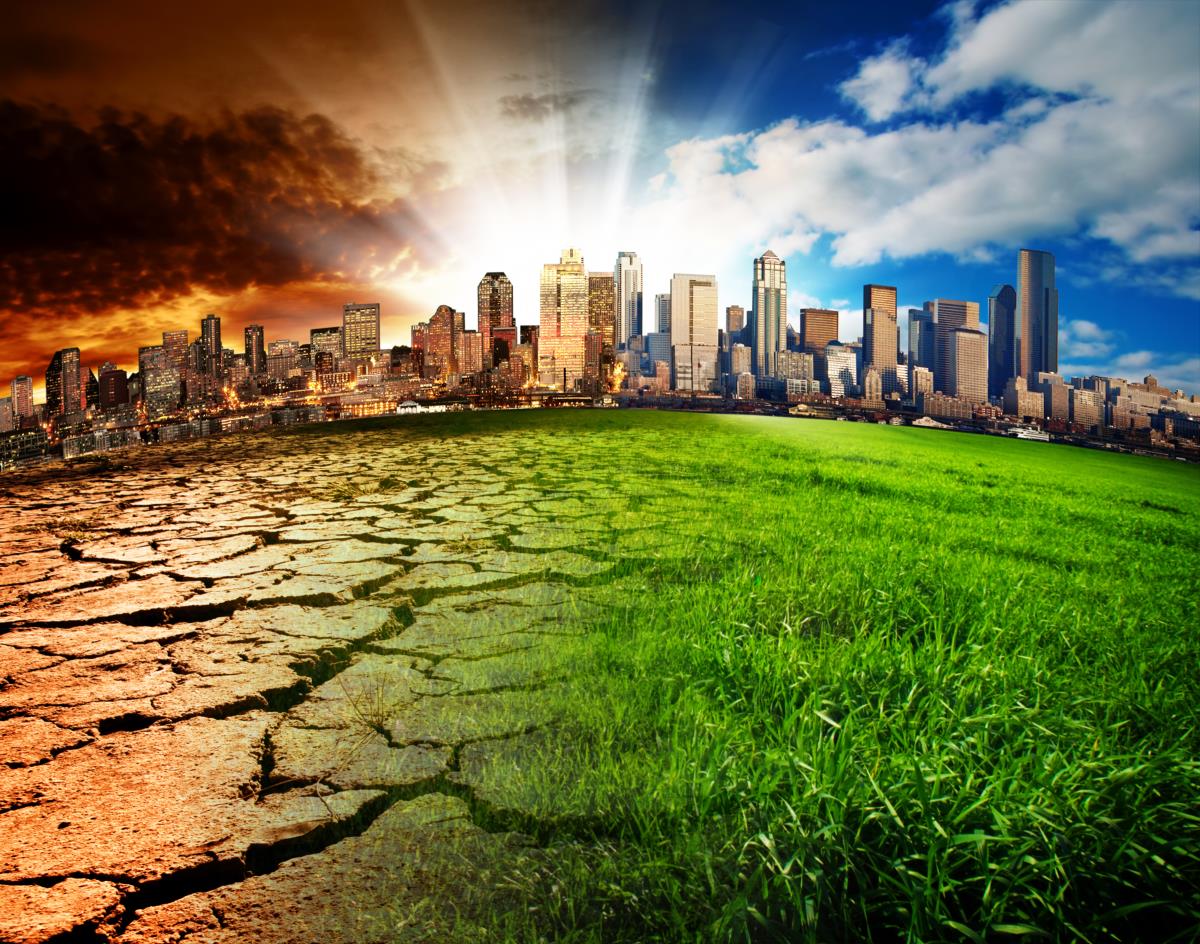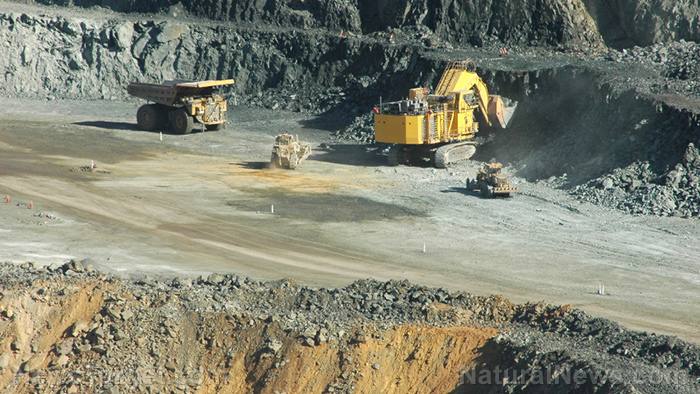It’s not climate change: Black carbon dust is corroding snowpacks, causing them to melt early
02/27/2018 / By Isabelle Z.

Climate change alarmists are always finding “evidence” to support their theories, but many of these phenomena can actually be attributed to other causes. One of the signs of climate change that they like to cite is earlier snowmelt, but a group of NASA scientists believe that climate change is being given too much credit for diminishing mountain snowpacks.
That’s because particulate matter actually plays a very big role in corroding mountain snowpacks everywhere. According to Tom Painter of NASA’s Jet Propulsion Laboratory, snow that contains light-absorbing particles like soot and dust has a lower reflectivity, or albedo. Snow with a high albedo can reflect 90 percent or more of earthbound solar energy into the atmosphere, but the dusty low-albedo variety is responsible for causing snowpacks to melt two months early.
In 2013, a study published by Painter illustrated how the black carbon particulate created by smokestacks in the industrial revolution put an end to Europe’s Little Ice Age. A more recent study he was involved in shows that years with high amounts of dust cause a rise in melt that has nothing to do with temperature. The study, which was reported in Geophysical Research Letters, determined that dust accounted for somewhere between 70 and 83 percent of the increased melting, while air temperature influenced no more than 7 percent.
National Snow and Ice Data Center Snow Hydrologist Jeff Deems, a study co-author, said: “[That] was really surprising. It almost doesn’t matter how warm the spring is, it really just matters how dark the snow is.”
Painter added: “We were just blown away by the results.”
Improving water allocation decisions
This can have very far-reaching effects. In the American West, for example, the water delivery system works on the assumption that water will melt from the mountains in spring and trickle into the reservoirs there well into early summer, at which point it will be stored to be used throughout the year. Three fourths of this water comes from precipitation like snow. Therefore, premature runoff can result in less freshwater for crops and drinking.
This improved understanding of the true culprit behind snowmelt flooding can improve water allocation decisions dramatically. The current snowmelt forecasts, which are based largely on air temperatures, are often wrong by as much as 40 percent, which means that many critical water allocation decisions must be made at the last minute.
While windblown silt, such as sand blowing from the deserts, has always turned up in mountain snow, Painter reports that there has been a higher prevalence of dust in the snow that is coming from humans. One contributor is the desertification that comes from land development, over-farming, overgrazing, and recreational off-road vehicle use, to name a few. It is estimated that the rate of desertification across the planet is 30 million acres of arable land per year annually, which is the equivalent of a football field every second.
Less rain combined with more land disturbance reduces the protective crusts on soil, exposing greater amounts of bare soil that can be picked up by winds. The soot that is being seen is black carbon created by diesel engines, burning biomass, and industrial emissions.
Follow more news on pollution at Pollution.news.
Sources for this article include:
Tagged Under: albedo, climate change, dust, global warming, industrial emissions, melting, snowmelt flooding, snowpack, snowpacks, water source




















